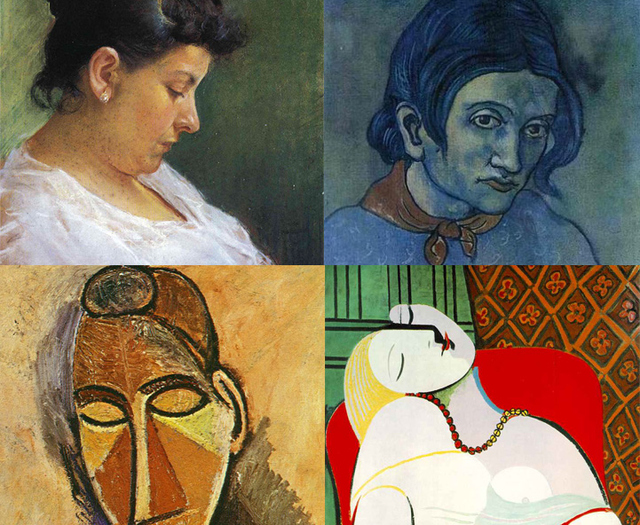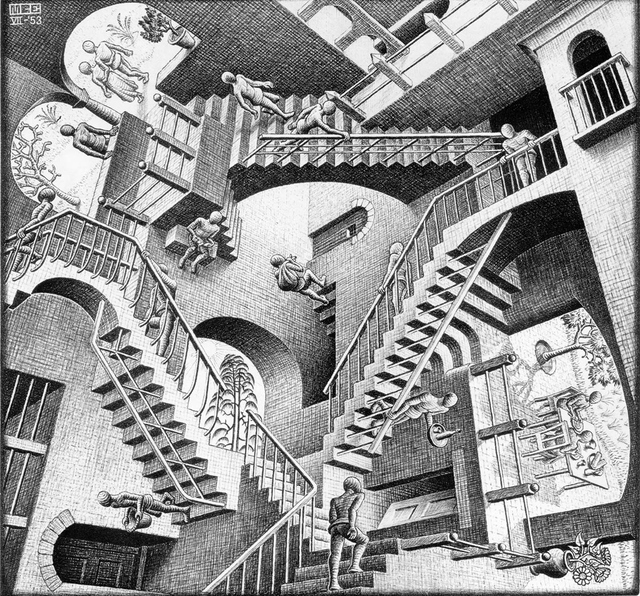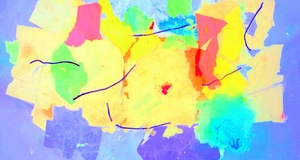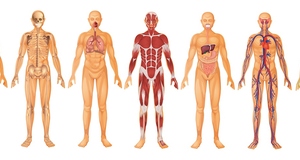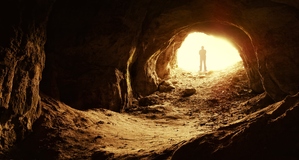Opinion:Describing the World or Transforming It? Considering the Roles of the Arts and the Natural Sciences
By
2014, Vol. 6 No. 08 | pg. 1/2 | »
KEYWORDS:
We often acquire knowledge about the world through the detailed process of description. We understand even more by describing and explaining to others—people often report that they only really understand a topic once they have described it to someone else. Further, description is primarily about the way we perceive the world to be. Through this, we can refine our understanding and gradually acquire more knowledge; however, this begs the question as to where fundamentally new paradigms—radical changes isome n core beliefs—come from. According to Robert Gass, “transformation is profound, fundamental change, altering the very nature of something” (Gass, 2012, p. 1). Expanding upon this, I believe transformation is either an active process of subversion (contradiction of social norms) or evolution (multi-staged development), both of which are equally important for a paradigm shift. I contend that the domains of description and transformation function individually, and that some areas of knowledge passively describe, while others actively transform the world. In particular, I explore this claim through the question “what is the relationship between the domains of description and transformation?” with reference to the arts and the natural sciences. Some areas of knowledge seek to describe the world, whereas others seek to transform it.
At first glance both areas of knowledge lend themselves well to the domain of description. In my opinion, the arts rely on perception, language and emotion to convey a qualitative message; they are subjective and dominated by feelings. With a layman’s understanding of the arts, a landscape by Monet could seem purely descriptive; whether painted recently or a century ago, the scenery itself is constant, and only the hand holding the brush changes. As an art student, I have observed the descriptive nature of this area of knowledge. While learning the basic techniques of perspective, shading, tone, and texture throughout grade school, the emphasis was always on accurate representation. My peers who drew the most lifelike trees were lauded, while the budding Mondrians of the class were scolded for their geometric renditions. This emphasis on accurate representation made it difficult for me to appreciate abstract art when I was younger. Photography is another instantiation of the arts in which the prima facie intention is to describe the world. While the photographer may choose the subject, the viewpoint and lighting, the result is descriptive. For example, the iconic image by photojournalist John Filo (see figure 1) depicts the reactions of young college students in the United States after a gruesome shooting. Like many photographs, the response to gratuitous violence is a universal image that transcends the boundaries of language through emotion. Hence, it is plausible that the function of the arts is to describe the world.  Figure 1. Kent State Shooting, Filo 1970 However, it could be argued that the arts are actually transformative, as they are capable of subverting the viewer’s perception of what constitutes as art. This is evident in the optical illusions and tessellations of artist M.C Escher. Escher’s art transports viewers to another dimension, in which staircases defy the laws of gravity (see figure 2), and images change depending on how closely one looks (see figure 3). Unlike any artists of his time, Escher broke new ground as he married mathematics and the arts to create an alternate world of imagery (National Gallery of Art, 2007, pp. 14-24). Escher’s work has made me as a knower aware of how easily perception can be manipulated. Thus, perhaps the arts are not as they initially seem, and may instead fall under the domain of transformation.
In the natural sciences, a similar dichotomy is evident. Relying on reason and focusing predominantly on objectivity and precision, the natural sciences seek to explain how mechanisms work. For example, Gregor Mendel utilized the scientific method to show how autosomal and recessive genes are transmitted to offspring (McClean, 2000).The scientific method requires hypotheses to be tested with experiments, and conclusions are reached through inductive reasoning and examination of empirical data. Lastly, theories are derived to describe the process and then are objectively validated to reduce error. However, confirmation bias—ignoring data that does not support the hypothesis—is an inherent flaw of the scientific method. Mendel’s pea plant experiment illustrated a congruent result between the theoretical ratio of 2:1 and empirical ratio of 1.99:1 of heterozygous and homozygous offspring. As these results seem too perfect to occur randomly, it suggests confirmation bias in his methods (Fischer, 1936, p. 125). As knowers we need to be aware of bias in the domain of description. When probed further it seems that the natural sciences provide key ideas that transform the world. Thomas Kuhn stated that science progresses by a series of revolutions with a building momentum of dissenting ideas that critically cause a paradigm shift (Bird, 2004). Once the paradigm changes it is hard to imagine how the world conformed to the old paradigm. Technology developed through the scientific method has been immensely successful in transforming the world. For example, it is now possible to have one’s entire genome decoded at birth (Kolata, 2013). This new technology could have profound implications on the lives of many by alerting them to vulnerabilities of medical conditions at an early age. It is clear that the application of the natural sciences possesses incredible potential to change the lives of many, and thus can be viewed under the domain of transformation.Continued on Next Page » Suggested Reading from Inquiries Journal
Inquiries Journal provides undergraduate and graduate students around the world a platform for the wide dissemination of academic work over a range of core disciplines. Representing the work of students from hundreds of institutions around the globe, Inquiries Journal's large database of academic articles is completely free. Learn more | Blog | Submit Latest in Philosophy |

